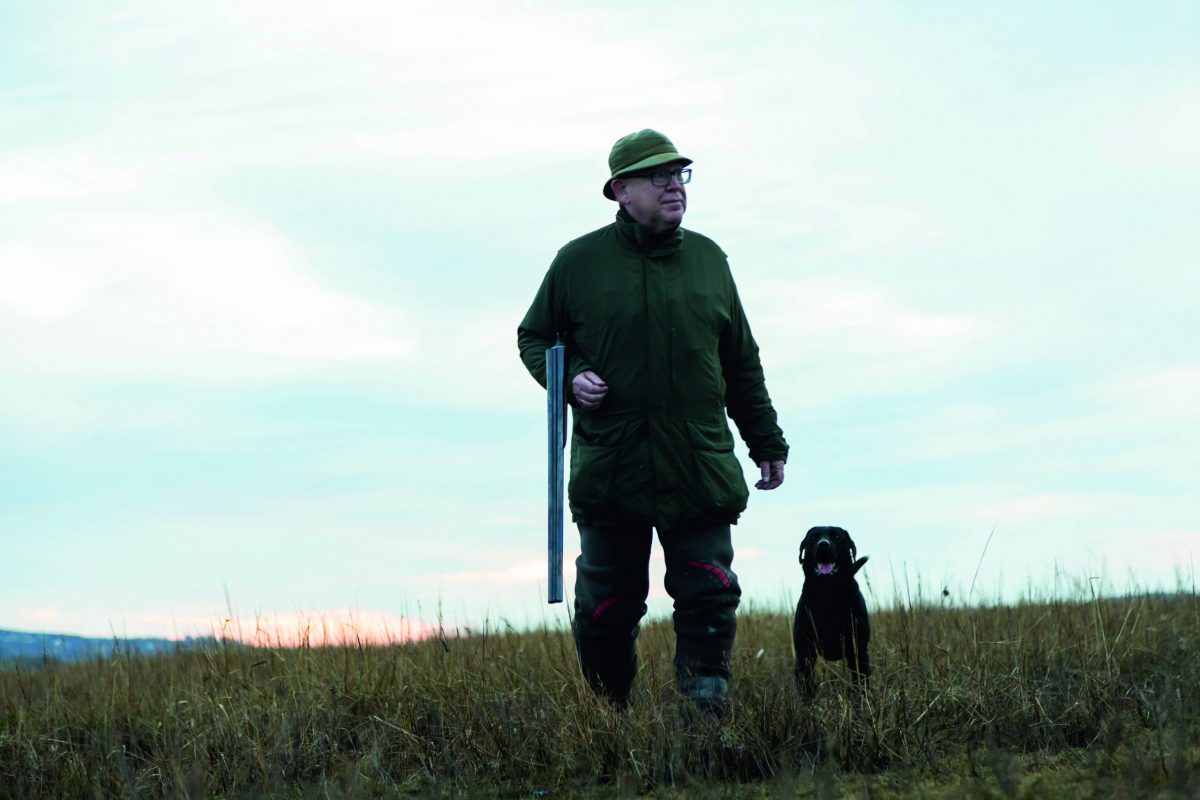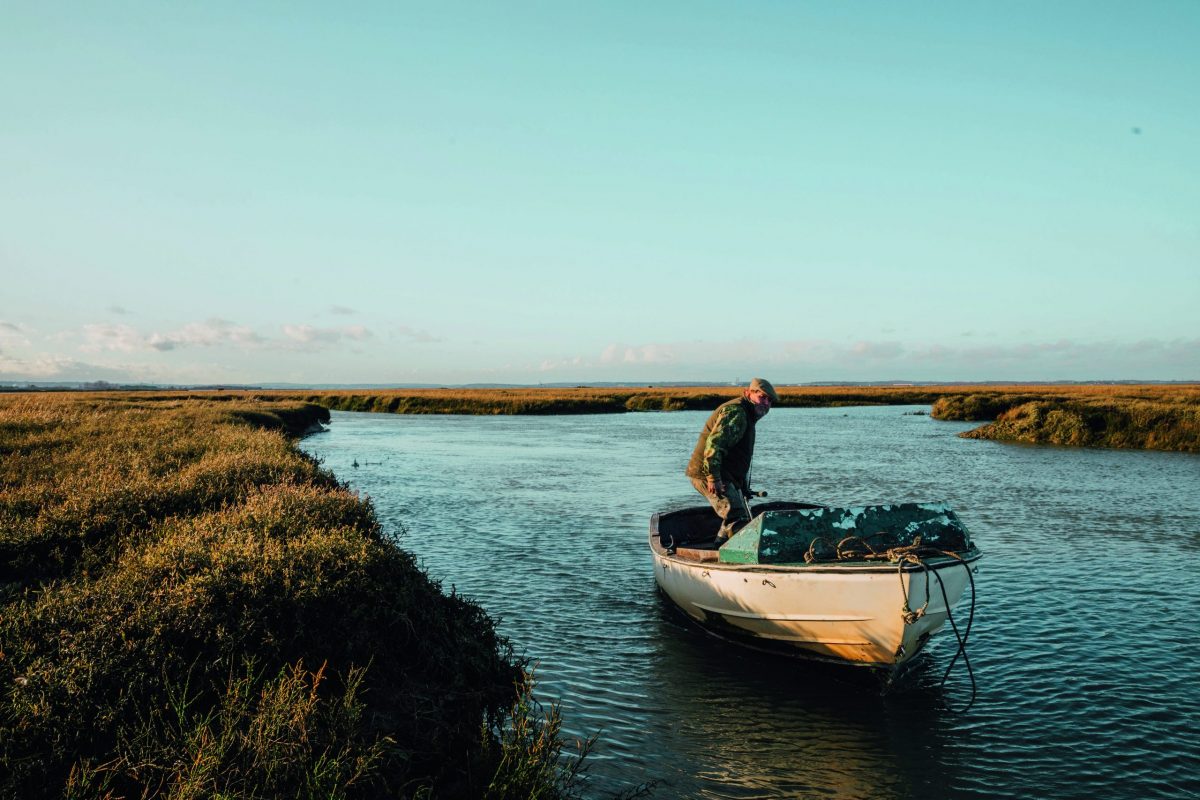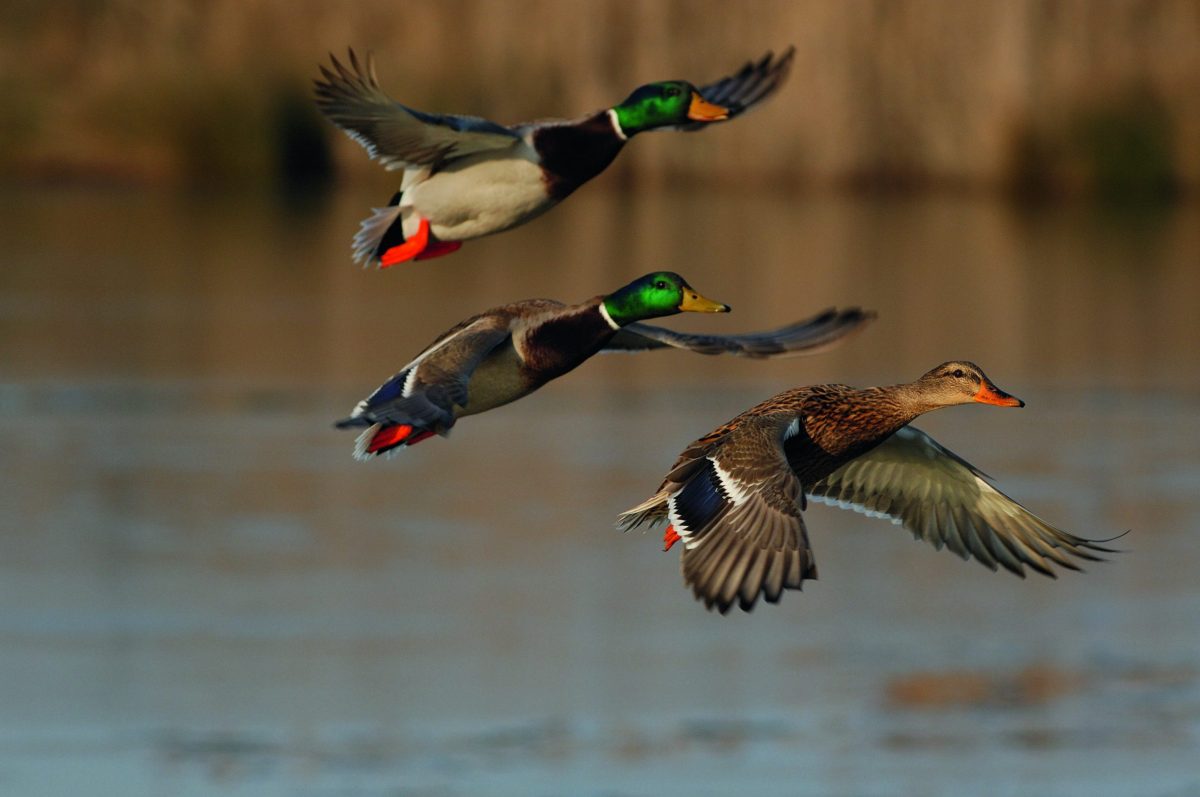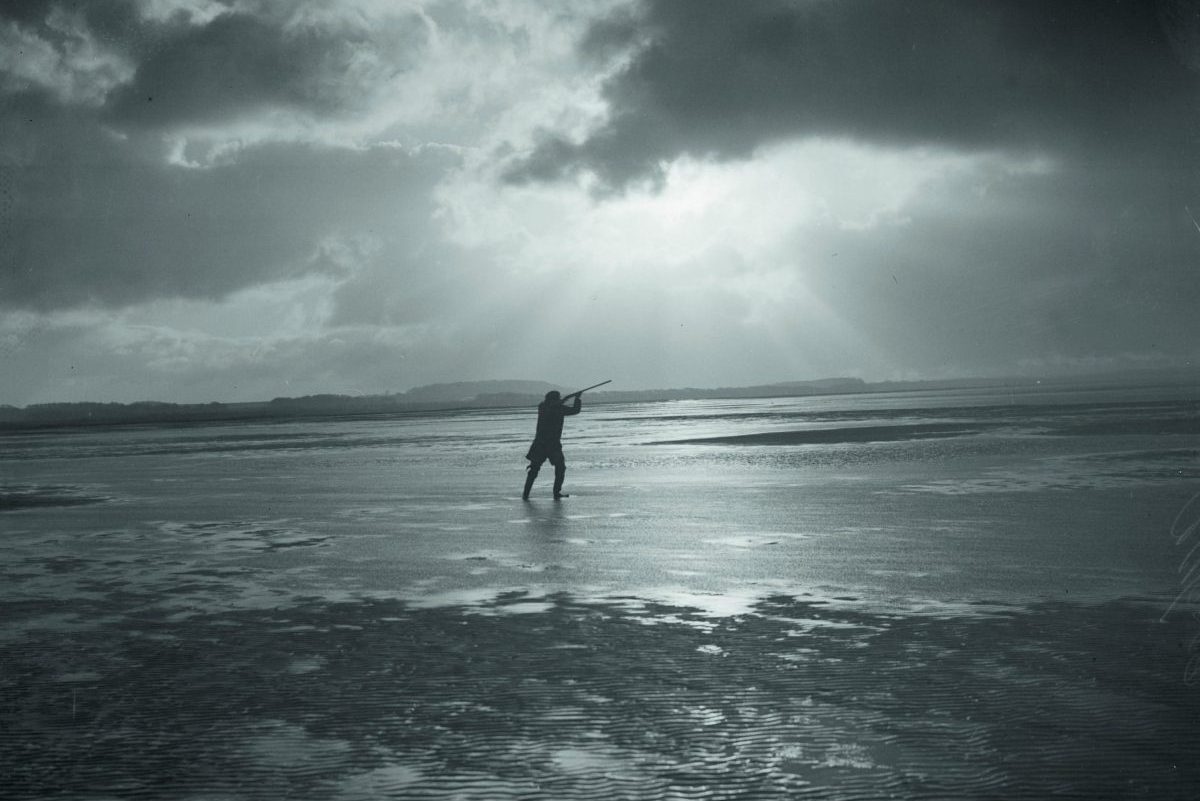Evening wildfowling on the foreshore
A cold snap suggests wildfowl will gather on the unfrozen waters of the estuary, just in time for an evening tide flight, hopes Gethin Jones

Gethin and Chester set off for the foreshore in the hope of a wigeon or two or even a goose
I’d promised myself a tide flight on the foreshore on Saturday evening, after I’d been tramping the fields and marshes with Chester and a couple of shooting friends for two walked-up days. Both had been perfect with cold, frosty mornings, uninterrupted sunshine and spectacular views of the snow-covered hills and mountains of Eryri.
We finished early on the second day because my companions were heading to Scotland for another two days of walked-up shooting and goose flighting. Lucky them. It was to be a brief busman’s break for Chester and me on the foreshore before heading home for supper and a bath. We said our goodbyes and my friends set off on their journey north, while Chester and I headed for a foreshore a few miles along the coast.
The recent cold snap meant that wildfowl would congregate on the unfrozen coastal waters of the estuary. The weatherman had promised a southerly breeze of 25 miles an hour blowing from 3pm onwards. The fowling portents were good. A light southerly would mean near-perfect conditions for a combined tide and evening flight.
Rising tide
With the high tide due at 8pm and the light fading around 6.30pm, I imagined Chester and I would see plenty of fowl, mainly wigeon but possibly mallard and teal as well as greylag and Canada geese, driven by the rising water. If timed right, retreating from the marsh just ahead of the tide would avoid the risk of crossing the deepening gutters while having a good chance of a shot. That was the theory, anyway.
When we arrived at the foreshore, I could see right away that the weatherman had been wrong. There wasn’t a breath of wind and certainly nothing to stir up any fowl. I looked to Chester for inspiration; his wagging rudder and keen expression convinced me that we should head on to the foreshore in any case. We’ve bagged duck on calm nights in the past so who was to say we couldn’t do it again? I took my heavy neoprene chest waders out of the car and struggled to put them on, as I was more than a little stiff after two days
of yomping over wet ground.

As the light fades and the birds start to move, Gethin is ready and waiting with his muzzles poised
Off we set, following a familiar route, crossing the sandy-bottomed channels. The marsh in late winter looks a drab place compared with early season when samphire sprouts in clumps and the whole place is a brighter shade of green. Chester ran ahead, as he always does here because he relishes flushing snipe that invariably seem to be here.
Half a dozen longbills took to the sky just yards ahead of his questing black nose, cutting through the air with their zigzag flight and breaking the silence with their sharp, rasping calls. As we pushed further away from the shore, the already-distant wisps of snipe were joined by a few noisy redshank and a dozen or more dunlin.
The sky was an artist’s palette of greys, blues and purples as the light faded, and we found a spot to sit just below the level of the marsh grass. With it being quiet and windless, we should hear any fowl taking flight and would have a chance to take cover in the deeper part of the channel before any birds approached close enough to spot us. As I loaded up, I also took a few cartridges from my belt and put two No 4s for ducks in one pocket and two No 1s for geese in the other.
As we sat down, a dozen wigeon appeared against the hills and were heading straight for us 40 yards up. If they held their course, they would offer an overhead shot. The whistles of the cock birds filled the still air and were getting louder.
I sat as still as I could and raised my muzzles towards the approaching ducks. Chester had spotted them by now, too. It was still quite light and the ducks stood a good chance of spotting us, so keeping still was essential. We watched the wigeon and, one by one, they peeled from their original line, made a wide arc and returned the way they came, heading up the river before turning into a vanishing line of black dots.

Gethin takes with him a variety of callers so he can lure the appropriate wildfowl into his range
Frustration
With the wigeon gone, we were enveloped in total silence. Chester moved his weight uneasily from one front paw to the other as we shared our frustration. The wigeon could have given us a good chance of a shot but it wasn’t to be.
Then we became aware of a distant sound. As yet unseen, the channels on the seaward side of us were beginning to fill with the swirling waters of the rising tide. You have to be constantly aware of what the tide is doing when on the foreshore, particularly in failing light. The time and height of the tide have to be committed to memory, and other factors such as wind direction and strength have to be borne in mind as they will have a bearing on both.
Incremental changes in atmospheric conditions can turn a safe trip below the sea wall into a dangerous one. I know several experienced fowlers who have been caught out, thankfully with no serious consequences, on this coast.

Gethin takes with him No 4s for duck in one pocket and No 1s for geese in the other, just in case
The mood on the foreshore changed perceptibly with the incoming tide. The light had faded so the fowl moving ahead of the tide were heard but not seen. The distant, plaintive calls of curlew mingled with the more incessant peeping of an invisible group of oystercatchers somewhere over the distant sands. My ears strained for the whistling of wigeon. A single snipe broke the silence above our heads with his rasping call and appeared for a split second before vanishing into the
dark grey.
Out over the main channel I heard Canada geese. Chester’s ears pricked with instant recognition. The honking grew louder and I swapped my No 4 steel loads for a couple of dark blue 3in cartridges with a load of No 1s. From the opposite direction, I heard the clamour of greylags. There must be a skein flying down the river. The calls of the distant skeins, both of which stayed steadfastly invisible, merged about half a mile from our position then fell silent. The geese must have landed north of us on an open patch of water.
The tide was certainly moving birds ahead of it, as I’d anticipated, but the lack of wind meant the rising waters would only move birds over our position in darkness. The adage about wildfowling being no more than armed birdwatching seemed truer than ever, with the only difference being that we were by now hearing many more birds than we could see.
Blanket of darkness
A low pass by a squadron of teal tore through the air mere feet from my head, visible only for a fraction of a second before a couple of trilling whistles let me know that they had been and gone. Wigeon, again unseen against the blanket of darkness that now shrouded the northern sky, whistled loudly as they flew invisibly along the distant river. Sounds carry a very long way over water and flat foreshore, so it was impossible even to guess how near or far the flighting ducks were from our position.
As the last of the light faded over the western horizon, I could hear myriad species of wildfowl and waders calling as they alighted for the evening. The foreshore came alive with sound. With nothing to retrieve, Chester was becoming restless and he wasn’t the only one thinking of home and a decent meal.

The light is fading fast as Gethin and Chester wait patiently
Then we heard very different calls in the far distance to the north. Slowly, the calls grew louder until there was no mistaking the source. Whooper swans. Every year, a herd of around 100 of these truly wild swans, which breed in Iceland and winter on the lowlands below the mountains of Eryri, gather in the same fields a few miles inland. They normally spend all their time in these fields and roost and graze undisturbed, accompanied by Canada, greylag and sometimes whitefronted and pinkfeet geese.
The ponds where the swans enjoy washing and preening must have frozen over, so they had decided to head for the nearest open waters of the lower part of the river a few hundred yards from where we were.
Finale
This wasn’t quite the crescendo to the evening flight that Chester and I had in mind when setting out, but it seemed a fittingly impromptu finale to what had been a fascinating time observing and listening to the wildlife that inhabits this Welsh winter foreshore. We could still hear the whoopers’ fluting calls in the distance as I slipped my gun before we trudged over the marsh in the direction of the car and home.








